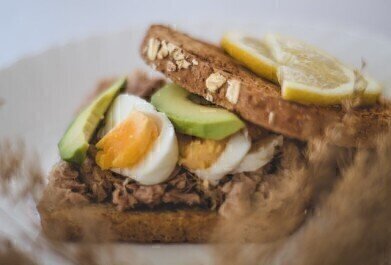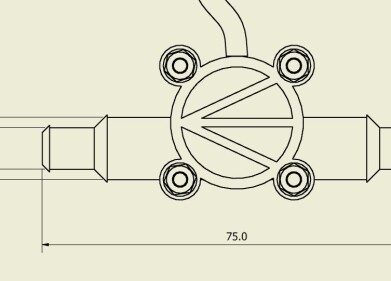Laboratory products
How Are Food Analysis Techniques Selected?
Jan 29 2022
Food analysis is a complex field, with scientists relying on a plethora of techniques to characterise samples. Selecting the right technique for the application is critical when it comes to accuracy, reliability and repeatability.
Want to know more about what goes on behind the scenes of food analysis laboratories? Read on for a closer look at how scientists select food analysis techniques and the different factors considered when choosing a method.
Properties of interest
The selection of food analysis techniques is often governed by properties of interest. For example, a scientist testing for salmonella in products such as chicken or peanut butter may refer to the culture media-based ISO 6579-1:2017 Standard Method. Similarly, a scientist investigating potential species substitution in meat products would select real-time PCR and sequencing techniques.
Sample characteristics
Variables such as the structure, composition and physical properties of the sample will often dictate what food analysis technique is best for the application.
Accuracy and precision
Many governments have strict rules concerning food packaging and labelling, meaning there’s no room for error when it comes to accuracy precision. Most food analysis laboratories use gold-standard techniques when calculating sugar, fat and sodium concentrations.
Cost and budget
Cost is often a crucial factor to consider when selecting a food analysis method. Some techniques are labour and resource intensive while others offer comparable results, without the outlay. Budget-associated variables include the cost of reagents, the need to invest in specialised equipment or instrumentation and the wages of personnel conducting the task. Often, it’s more cost-effective to outsource food analysis to a specialist third party.
Reproducibility
To be considered valid, all analytical procedures conducted in food analysis laboratories must be reproducible. For this reason, only techniques with good reproducibility are used.
Speed
When speed is a top priority, a scientists may choose to select one food analysis technique over another. For example, if a sandwich manufacturing plant has detected traces of Listeria monocytogenes in products, scientists will turn to PCR-based assays capable of detecting the foodborne pathogen in 30 hours or less.
Destructiveness
While some samples are completely destroyed during analysis, others must be kept intact.
Portability
Some analytical methods can be performed onsite during the food processing or manufacturing process, whereas others must be conducted in dedicated laboratories.
Official approval
The food analysis sector is governed by various international bodies, including the Food Standards Agency (FSA) in the UK and the International Organisation for Standardisation (ISO) used globally. Food analysis techniques are often selected according to the country where the product is being produced and sold.
When it comes to analytical capabilities, Swansea University is a national leader. Find out more about the latest techniques being used on campus in ‘New Enhanced Analytical Monitoring Installation at Swansea University.’
Digital Edition
Lab Asia 31.6 Dec 2024
December 2024
Chromatography Articles - Sustainable chromatography: Embracing software for greener methods Mass Spectrometry & Spectroscopy Articles - Solving industry challenges for phosphorus containi...
View all digital editions
Events
Jan 22 2025 Tokyo, Japan
Jan 22 2025 Birmingham, UK
Jan 25 2025 San Diego, CA, USA
Jan 27 2025 Dubai, UAE
Jan 29 2025 Tokyo, Japan

.jpg)

















